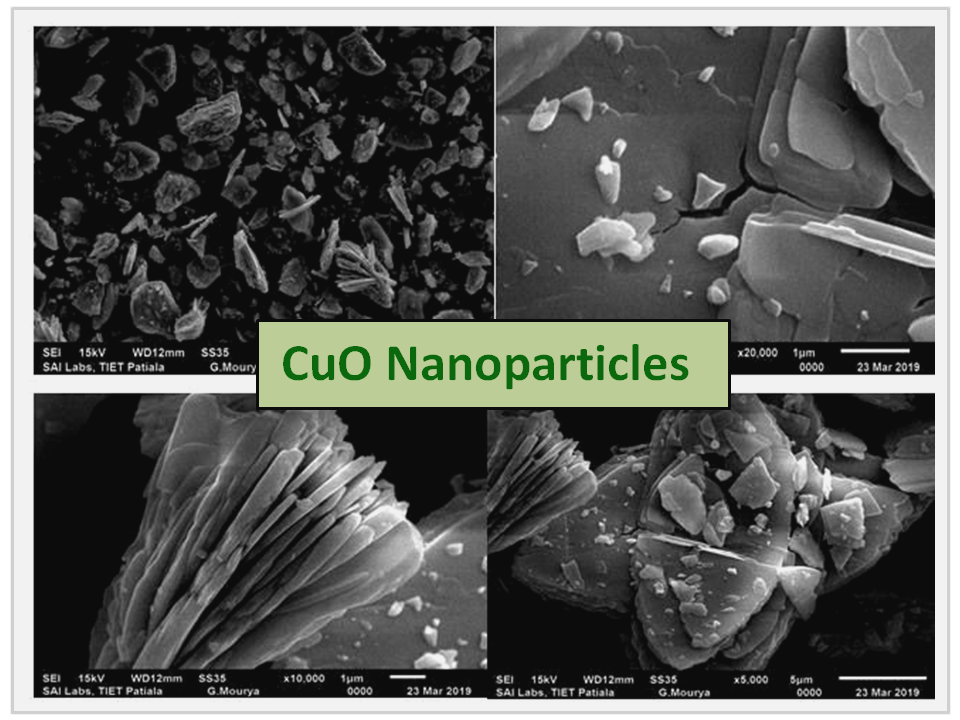Chemical Science & Engineering Research
Title
Synthesis and Characterization of Copper Oxide Nanoparticles by Coprecipitation Method: Electronic and Antimicrobial Properties
Authors
Asif Ahmad Bhat,*a Bilal Ahmad Thoker,a Atif Khurshid Wani,b Gulzar A Sheergojri,*c Masood A Kaloo,*d Bilal A Bhatd and Syed Masood Ahmad Rizvie
aSchool of Chemical Engineering and Physical Sciences, Lovely Professional University Phagwara 144411, Punjab.
bSchool of Bioengineering and Biosciences, Lovely Professional University Phagwara 144411, Punjab.
cDepartment of Physics, Govt. Model Degree College Shopian-192303, Jammu and Kashmir.
dDepartment of Chemistry, Govt. Model Degree College Shopian-192303, Jammu and Kashmir.
eDepartment of Chemistry, University of Kashmir, Hazratbal Srinagar-190006, Jammu & Kashmir.
*Corresponding author E-mail address: makandchem@gmail.com (M.A. Kaloo); gulphy2013@gmail.com (G. A. Sheergojri); bhat.asif.9634@gmail.com (Asif A.B.)
Article History
Publication details: Received: 11th November 2020; Revised: 09th January 2021; Accepted: 18th January 2021; Published: 5th February 2021
Cite this article
Asif A. B.; Bilal A. T.; Atif K. W.; Sheergojri G. A .; Kaloo M. A.; Bilal A. B.; Rizvi S. M. A. Synthesis and Characterization of Copper Oxide Nanoparticles by Coprecipitation Method: Electronic and Antimicrobial Properties. Chem. Sci. Eng. Res., 2021, 3(6), 25-29.

Abstract
Monoclinic Copper oxide (CuO) nanoparticles were prepared by simple co-precipitation method. The structural and morphological crystals of CuO nanoparticles were investigated by X-ray diffraction (XRD) and scanning electron microscopy (SEM) techniques. To check the bonding between metal and oxide, FTIR was done. In order to study the band gap and optical properties of CuO nanoparticles (NPs), materials were annealed at 200 ℃, 300 ℃ and 400 ℃. Upon calcination of CuO nanoparticles at different temperatures, decrease in the band gap from 2.9-2.5 eV was observed. The CuO nanoparticles were also screened for gram positive (Micrococcus letius) and gram negative (E.Coli) bacterial strains. The results revealed that the synthesized CuO NPs could be used as antibacterial agents.
Keywords
Nano materials; XRD; SEM; FTIR; Optical; electronic; antibacterial